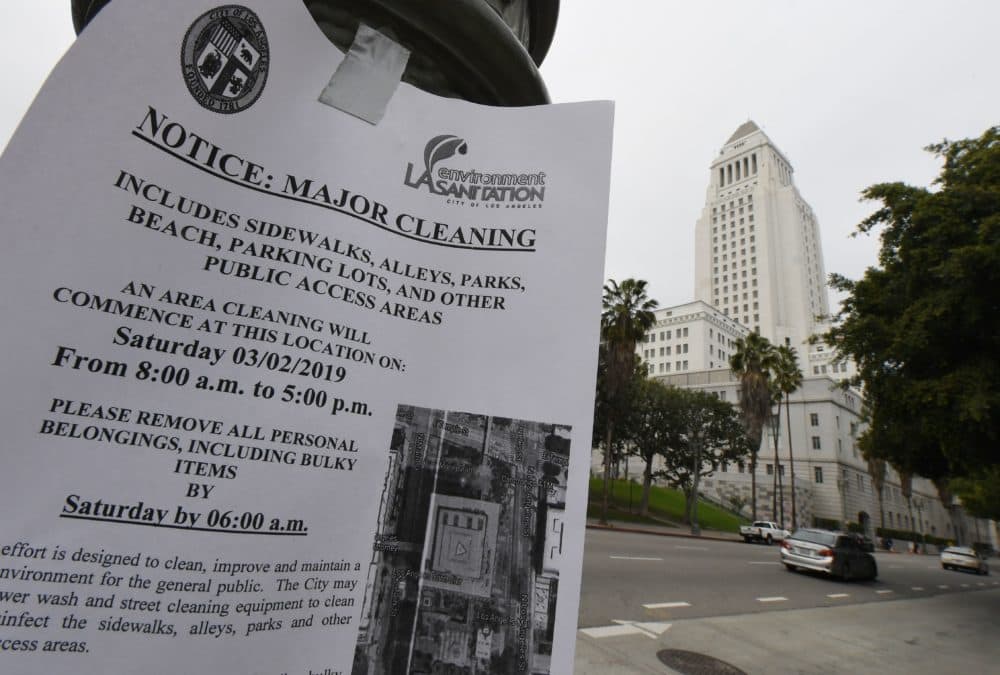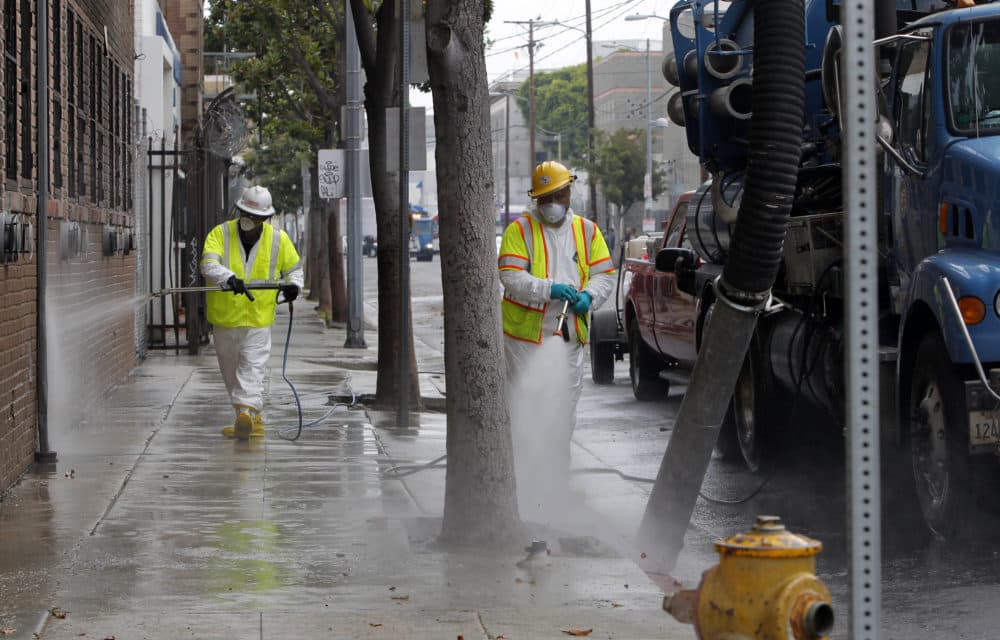Advertisement
Medieval Diseases Are Mounting A Comeback, Specialists Say. What Are The Causes?
Resume
California Gov. Gavin Newsom expressed concern about the rise of typhus in his State of the State address this year, calling it a "medieval disease ... in 2019."
Infectious disease specialists say the problem is real. And it's not just typhus. It's also plague — yes, plague — shigellosis and bartonella quintana.
One reason is homelessness, especially in Western states like California, Washington, Oregon and Nevada, where more than half the homeless population is unsheltered, according to Dr. Jeffrey Duchin, a board member with the Infectious Disease Society of America.
"It's very difficult for people who have underlying medical conditions — which the homeless suffer from to a degree that's much greater than people who are housed with respect to chronic diseases, mental health, trauma and wounds, you name it — it's very difficult for these folks to access medical care for their chronic conditions," Duchin tells Here & Now's Robin Young.
Typhus is caused by bacteria that can be transmitted to humans from insects like fleas and lice. While not typically life-threatening, it does cause significant discomfort. There were more than 160 cases diagnosed in the U.S. over the last year.
"You can think of it as a real severe flu-like illness: high fever, muscle aches, headache, stomach pain," Duchin says. "It's a very uncomfortable disease."
Heptatitis A is another disease posing a major threat to people who are homeless. The bacterial infection can spread through contact with feces, especially in crowded, squalid conditions, Duchin says. Homeless encampments are frequently contaminated by feces, which, paired with tight living space, makes conditions ripe for disease.

"These diseases spread very, very effectively, and in the U.S. currently, multiple states are reporting very large outbreaks of hepatitis A," Duchin says, adding that making housing more readily available is the most effective way for cities to address the problem. "We've had over 10,000 cases reported in the past couple of years."
Then there's plague, another medieval disease that has been making its presence known in modern times. The bacteria live in small mammals and can be transmitted to humans through bites from fleas that live on those mammals.
So why is plague now reaching new regions of the U.S.? Some specialists are pointing to climate change, Duchin explains.
"The reservoir species — the rodents — and the bacteria themselves are thought to be influenced by climate," he says, "and there is some research to suggest that the geographic area where plague occurs may be expanding in response to our warming planet."
The spread of typhus can also be partially traced back to climate, Duchin says: It's "well established in tropical and subtropical areas, but it's moving northward."
As humans continue to cope with climate change and an evolving relationship with their surrounding environment, Duchin says it will be important to establish more detailed tracking of how medieval diseases are spreading to places they weren't present before.
"Right now we don't have good surveillance systems in place to monitor the progression of diseases in the border areas where they're occurring, and that's a really crucial thing to do from the public health perspective in the context of knowing how climate might be influencing the spread of infectious diseases over time," he says.
Karyn Miller-Medzon produced this interview and edited it for broadcast with Todd Mundt. Jack Mitchell adapted it for the web.
This segment aired on April 3, 2019.

